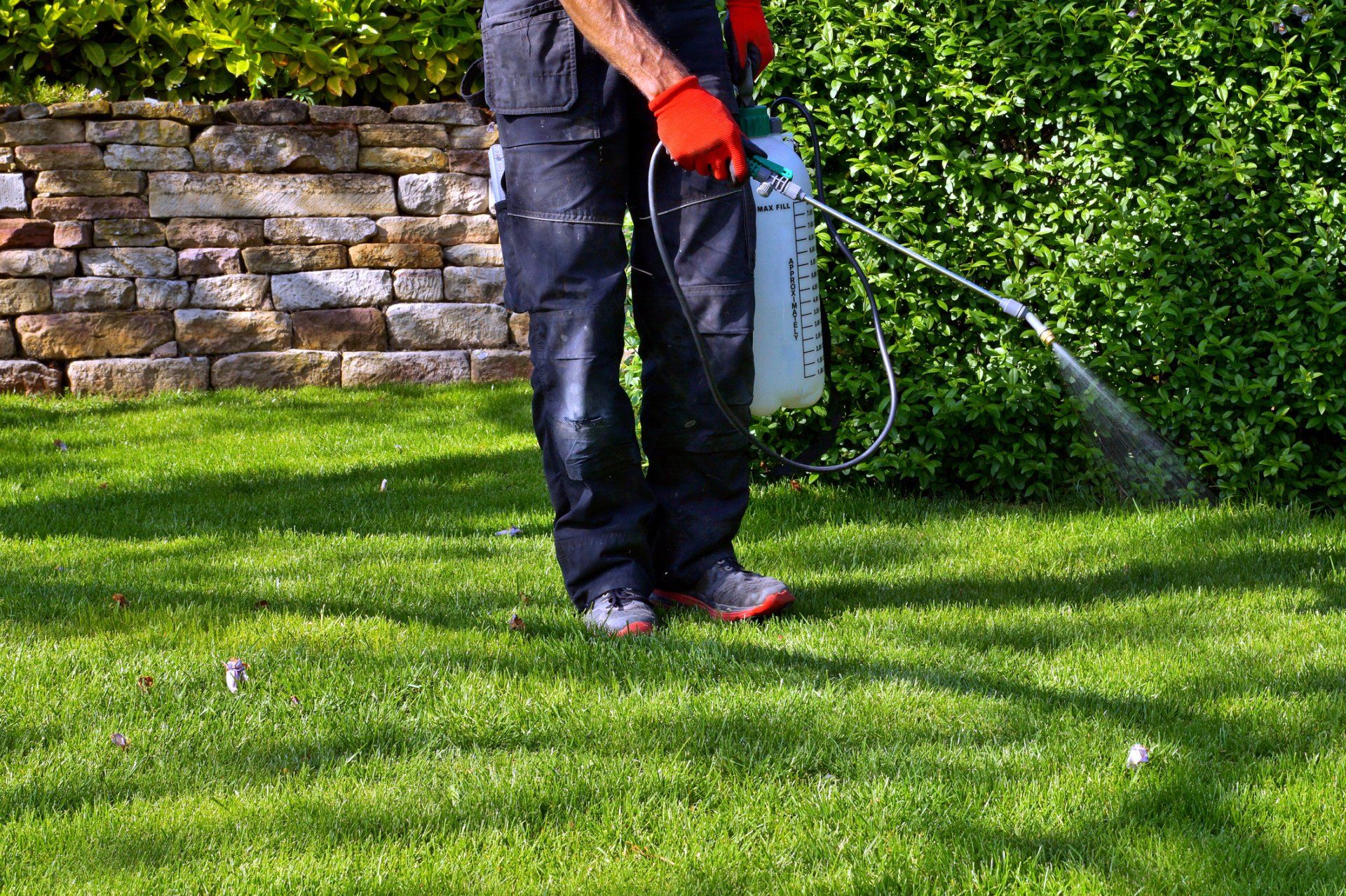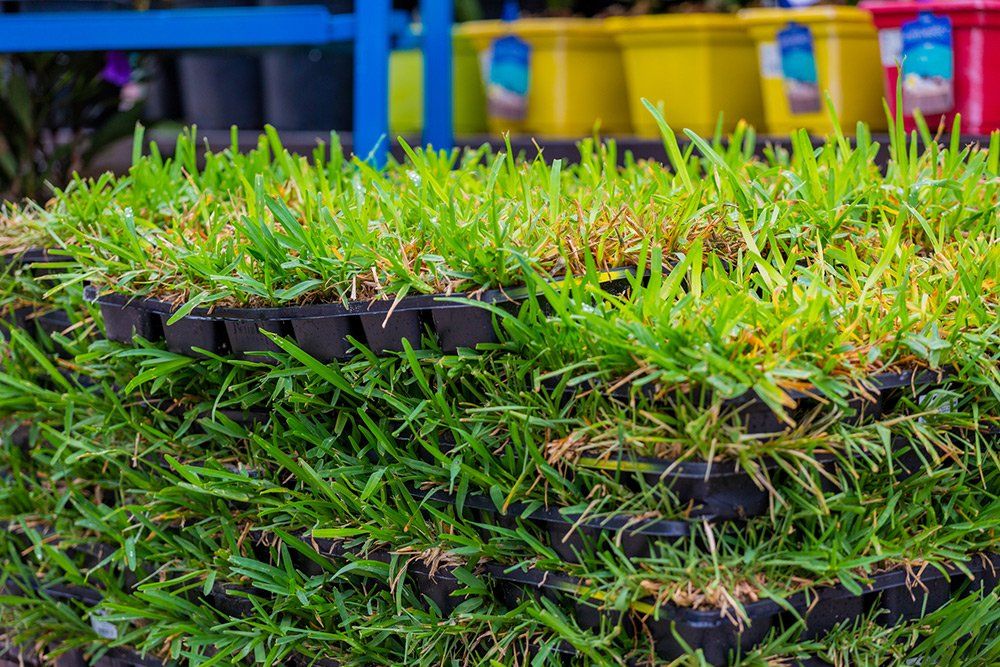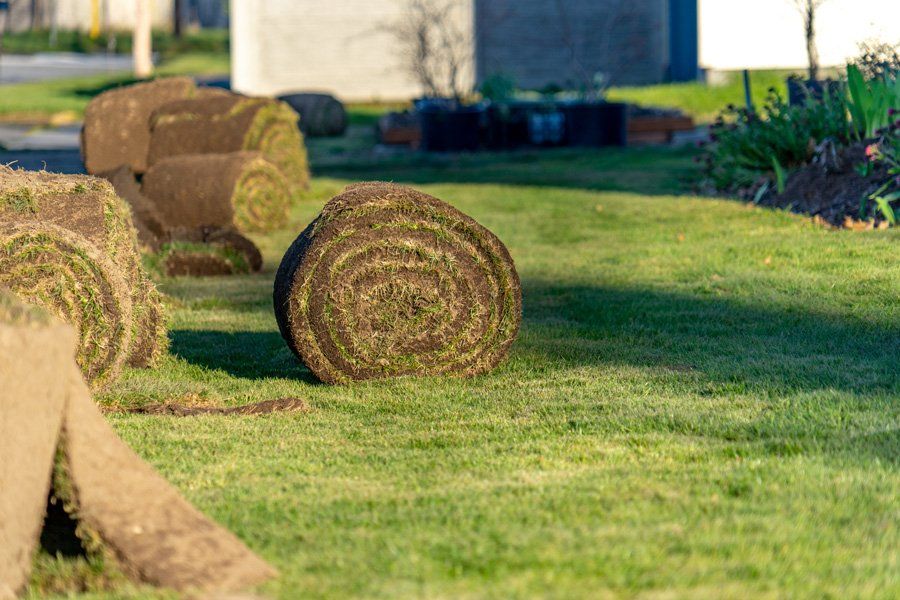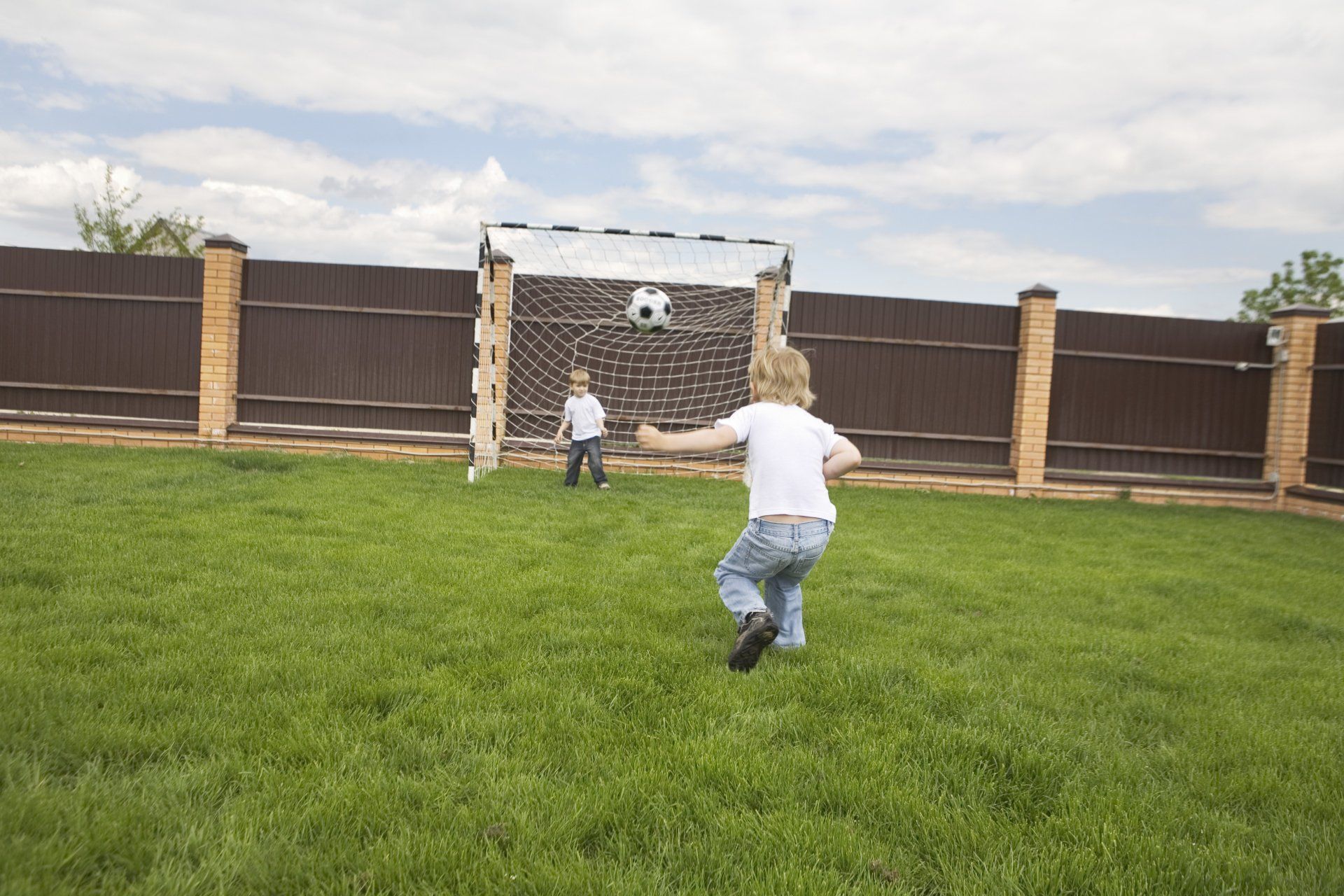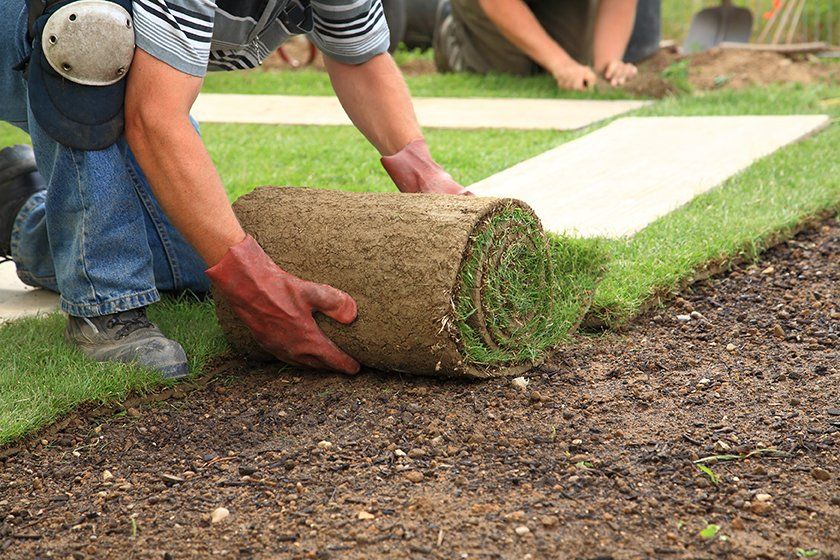THE FIRST 5 STEPS TO TAKE AFTER YOUR NEW SOD IS INSTALLED
- By Admin
- •
- 11 Jun, 2018
- •
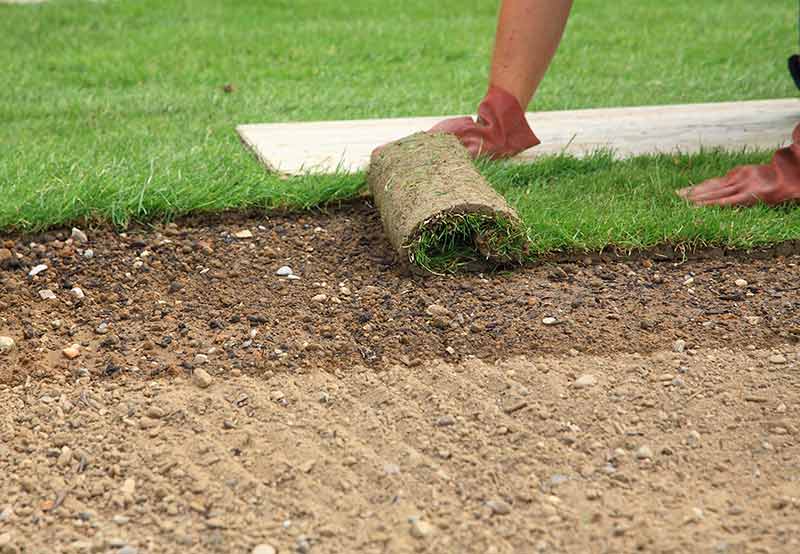
Installing sod is the fastest and easiest way to get the beautiful green grass you want to see when you step outside your home. But that lawn won't establish itself without at least a little help from you, especially during the crucial first few days after the sod is installed.
Unless you hire professional installers, you'll be responsible for taking the squares of fresh sod and laying them out on your lawn. Once you have the ground covered, follow these five steps to give your new sod the best chance at quickly establishing roots.
1. Water Immediately and Deeply
Each square of sod needs to be soaked thoroughly with water within 30 minutes of it being laid out on the ground. This may require you to plan the installation in stages so you have time to water before moving onto the next part of the sod laying.
Give the freshly laid sod so much water that it becomes soft to the touch and wet to a depth of four to six inches, including the height of the sod. Stop before the sod is visibly sodden or so soft you sink in completely when pressing your hand into it. If you leave deep footprints when walking over the sod, it's too wet.
Follow up by applying at least one inch of water every day for the first week to two weeks, possibly split into two or more watering applications if the conditions are very dry or hot.
2. Roll the Sod
Many sod companies consider rolling the grass an optional measure, but it is a good idea for encouraging the fastest possible root growth. Renting a grass roller is a small expense compared to the possibility of having to replace some of the sod due to a failed bond to the soil.
Roll each area slowly and carefully just once. Excessive rolling will damage the sod instead of helping it. Rolling eliminates any gaps, loose soil, or air pockets that prevent roots from reaching the soil and getting a good grip as they grow.
3. Check the Soil
You may feel like you need to leave the sod absolutely alone until it roots, but it's okay to gently lift the corner of a few squares to check the soil below and the bottom of the sod where the roots are developing. You'll clearly see if the ground is muddy and too wet, crumbly and dry, or damp to the touch and just right for the roots.
Gently lifting a corner of the sod after the two week mark also helps check on root growth. If the corner lifts easily, look for visible root growth. If there is none, the sod may be failing. If the corner doesn't want to lift, that means roots have already taken hold.
4. Mow When Necessary
Go ahead and mow the sod whenever it reaches the appropriate cutting height for the variety of turf grass you've chosen. In general, sod won't grow very quickly until the roots establish and start bringing in new nutrients and minerals to fuel growth. However, some sod grows quickly even before fully rooting and may need a trim earlier than you think.
5. Avoid Chemical Treatments
Finally, don't apply any fertilizers to the sod until it is fully rooted and has started growing in earnest. Applying fertilizer too early will only damage or kill the roots due to direct exposure. Pesticides and weed killers are also bad idea during the first few weeks. If you see any troublesome weeds, pull them gently by hand to avoid yanking up the sod at the same time.
Turf Master Sod Farm has all the most popular varieties of sod to cover your lawn in beautiful green
What happens after you install sod in your yard? There are several maintenance tasks you'll have to do. Learn more about them.
You have a lot of decisions to make before you lay a new lawn. An important one is whether to lay down new topsoil. See when you should lay new soil down.
Take care when you add mulch to flower and garden beds. The wrong mulch techniques may harm new sod. Learn about three mulch tips that help protect new sod.
Most new sod problems are fixable, especially when caught during their early stages. Learn about common sod problems, their potential causes, and solutions.



